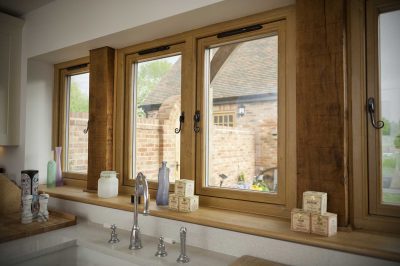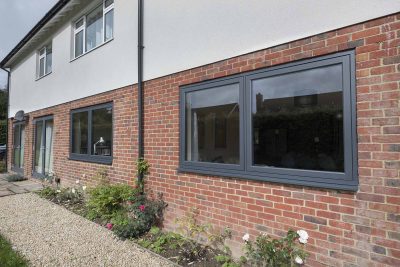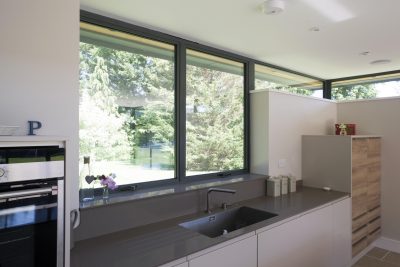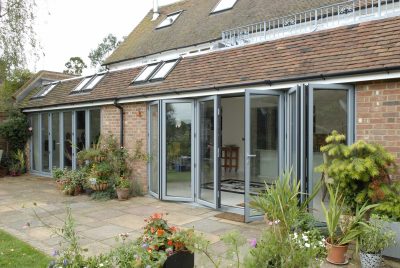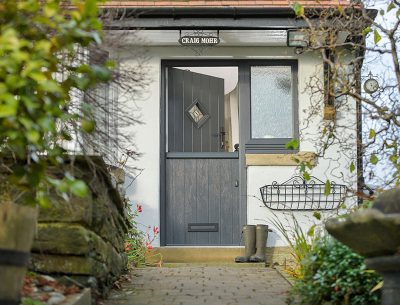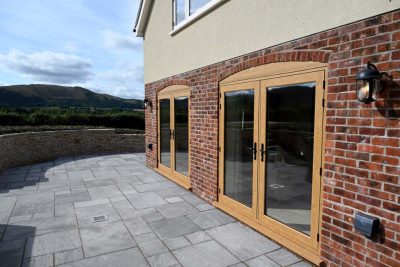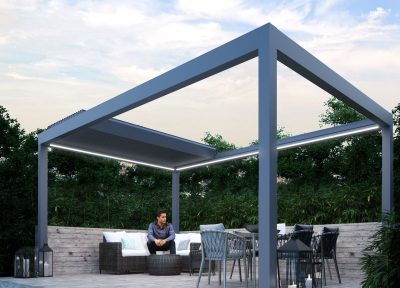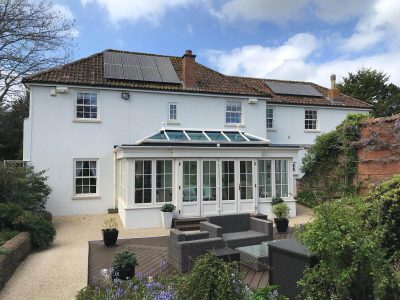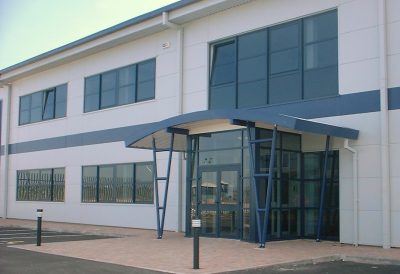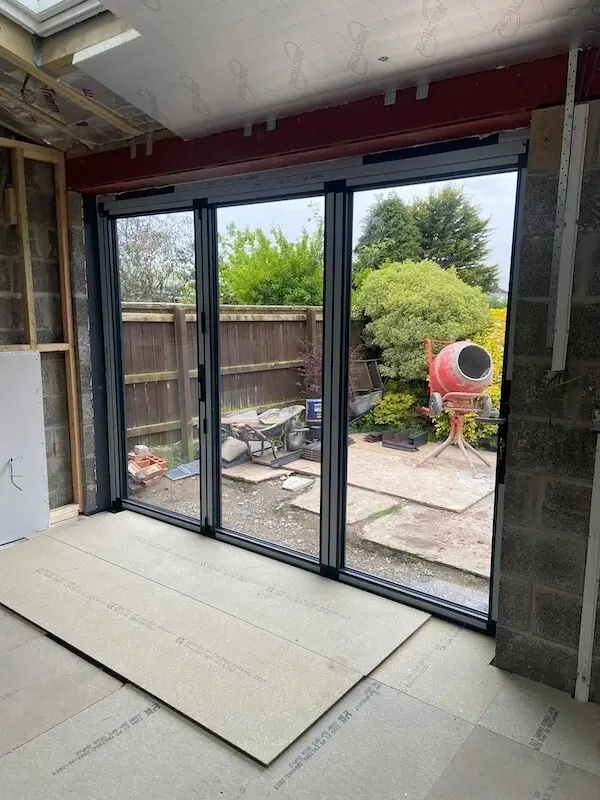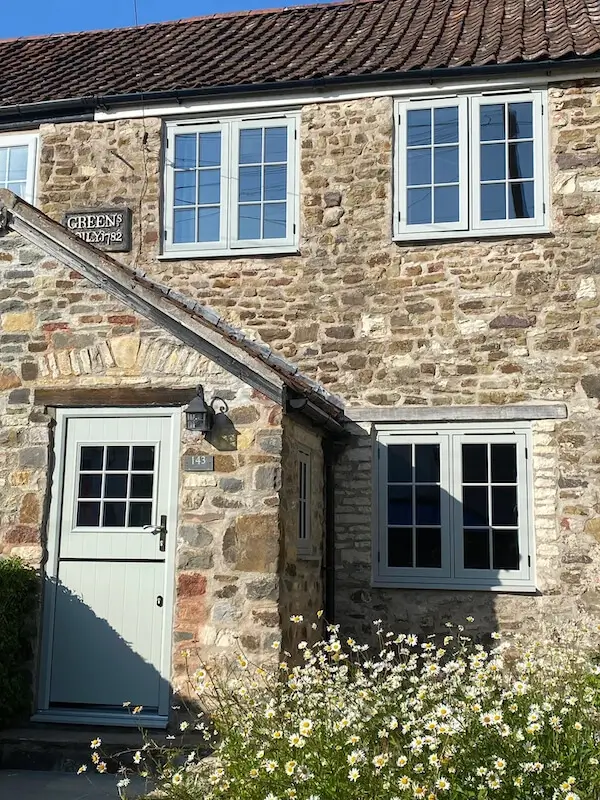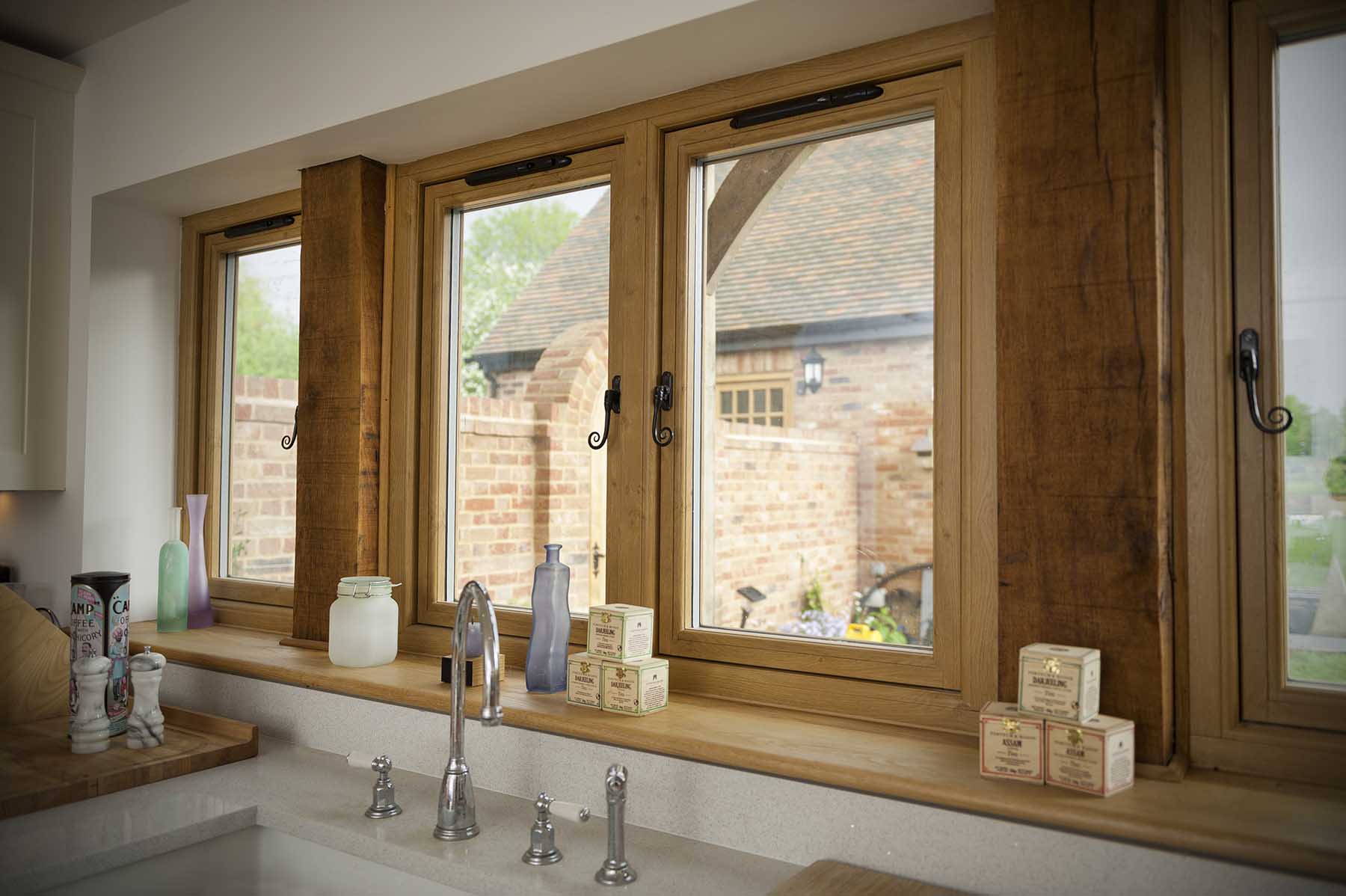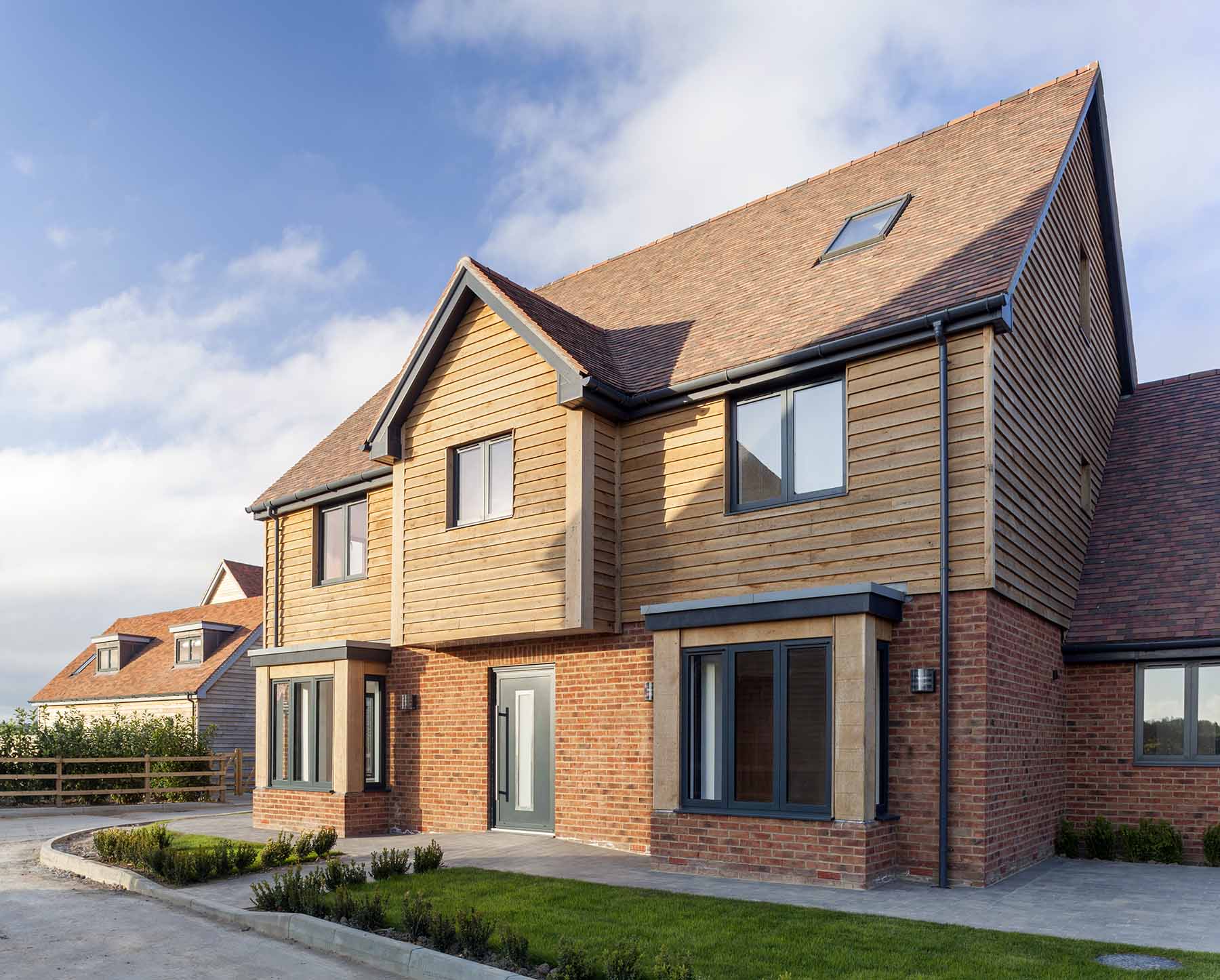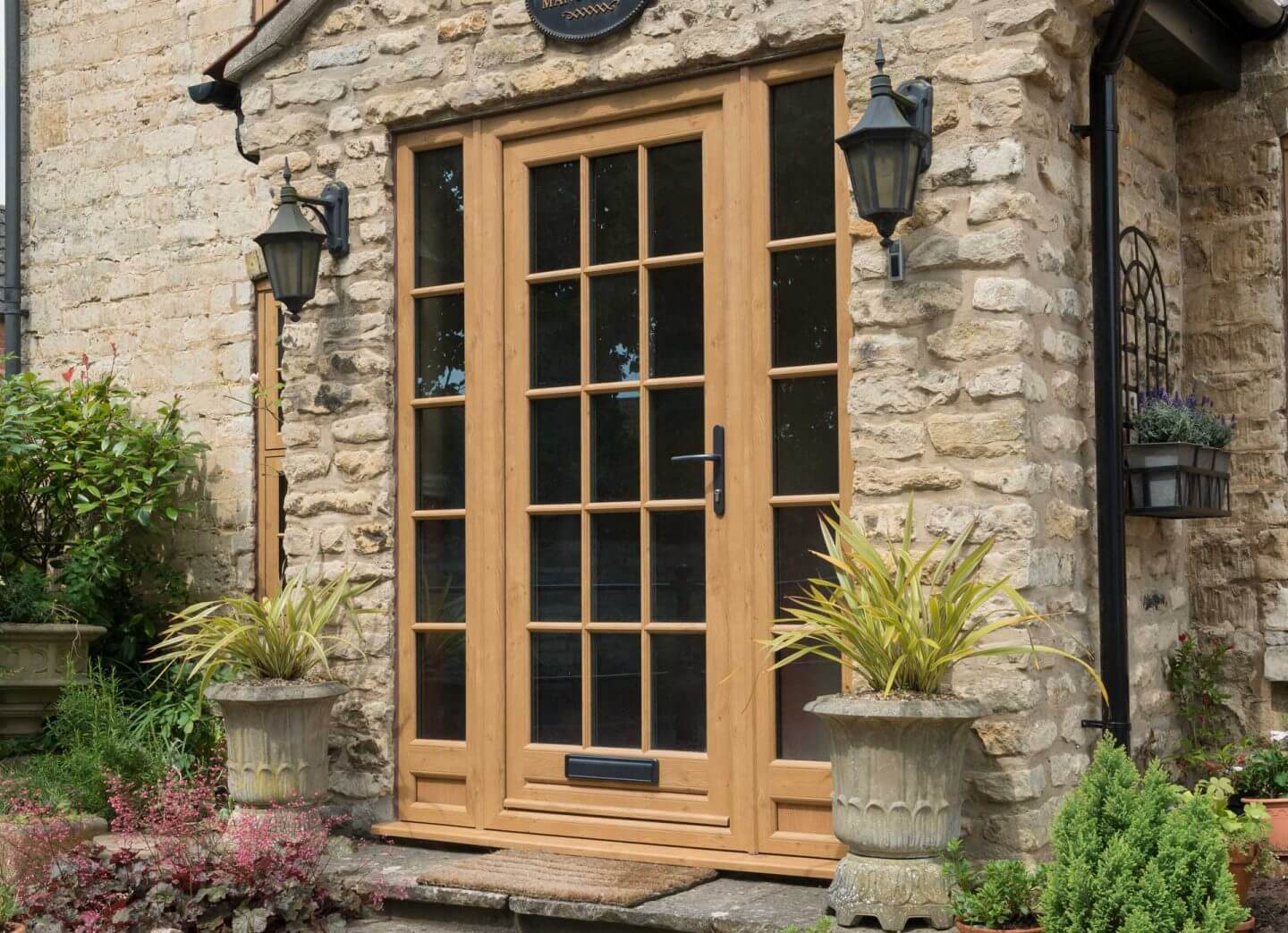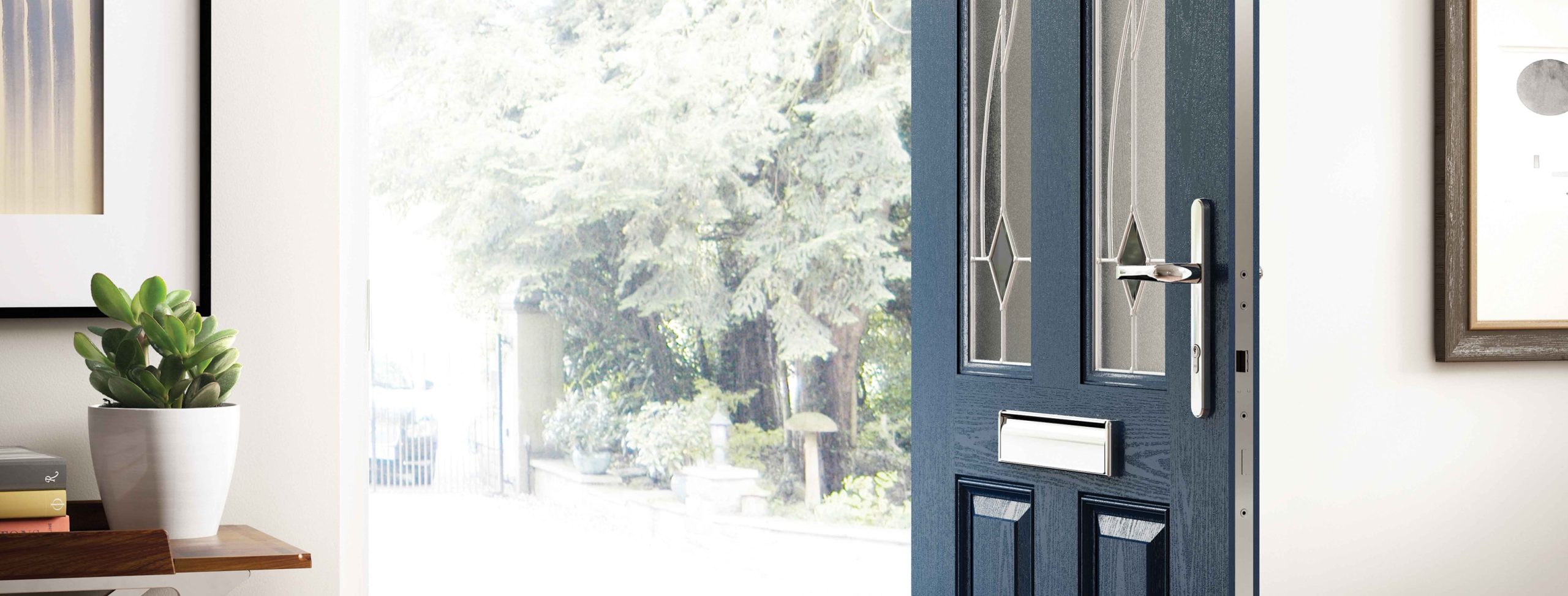Living in a conservation area means being part of Bristol’s rich architectural heritage. These special zones are designated to protect a neighbourhood’s unique character and historic interest. But what happens when your windows break or aren’t performing and need replacing?
At DM Windows, we’ve helped many Bristol homeowners navigate the process of replacing windows in conservation areas. This blog will walk you through what you need to know, from understanding conservation areas to finding solutions that meet both planning requirements and your needs.
Understanding Conservation Areas in Bristol
Bristol is home to 33 designated conservation areas, each with its own distinct character and architectural significance. These areas range from the Georgian elegance of Clifton to the Victorian terraces of Montpelier and the historic harbour area.
Bristol City Council designates conservation areas to protect places of special architectural or historic interest. The designation recognises that it’s not just individual buildings that matter, but the overall character of an area, including its layout, building materials, and architectural features like windows.
When a property is in a conservation area, certain restrictions apply to changes you can make to the exterior.
How to Check if Your Property is in a Conservation Area
Not sure if your property falls within a conservation area? There are a few simple ways to find out:
- Use the ‘Know Your Place’ interactive map on the Bristol City Council website. This useful tool allows you to see if your property is in a conservation area and provides information about the specific area’s character.
- Contact Bristol City Council’s Conservation Team at conservation@bristol.gov.uk or 0117 922 3000. They can confirm your property’s status and provide guidance on the specific requirements that apply.
It’s also worth checking if your property is a listed building or subject to an Article 4 Direction. Listed buildings have additional protections, while Article 4 Directions remove certain permitted development rights, meaning you’ll need planning permission for changes that might usually be allowed.
What This Means for Your Windows
In conservation areas, the local planning authority usually requires planning permission to replace windows, especially those visible from the street. This doesn’t mean you can’t replace your windows, but there are some important considerations.
Material and Design Requirements
The local authority usually prefers materials and designs that match the property’s original windows. In many Bristol conservation areas, especially those with Georgian, Victorian, or Edwardian buildings, this often means:
- Windows that match the original design, including the pattern of glazing bars and panes of glass
- Appropriate sightlines and frame dimensions
- Authentic architectural features like sash horns or deep bottom rails on sash windows
Traditional timber windows are often preferred in conservation areas because they were the original material used in historic buildings. However, this doesn’t necessarily mean you must use timber.
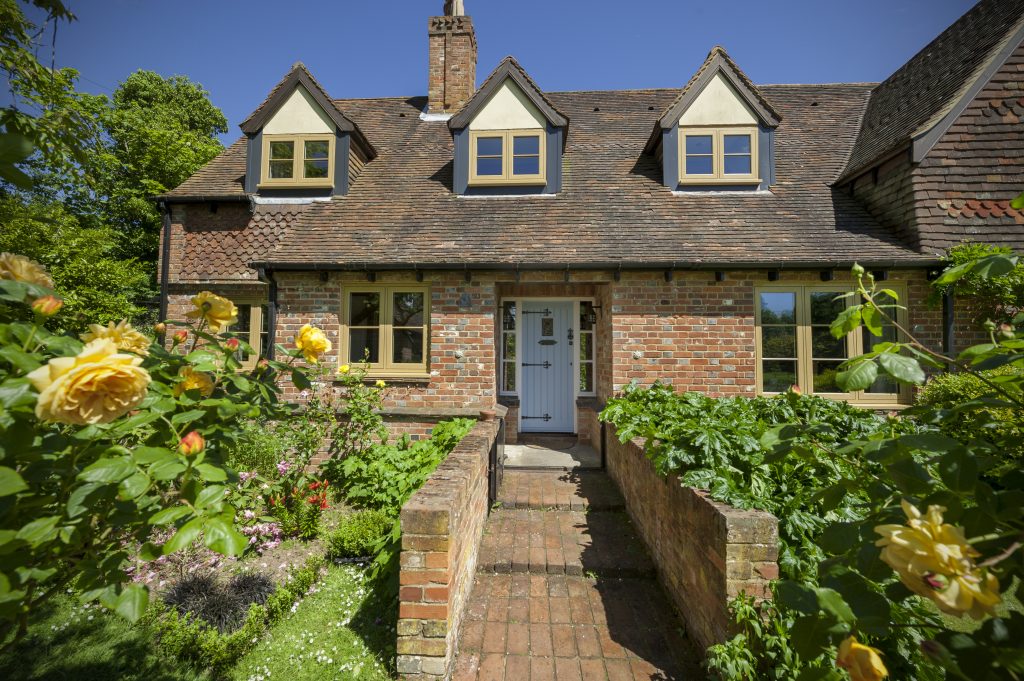
Planning Permission Process
If you need to replace windows in a conservation area, here’s what the planning application process typically involves:
- Prepare photographs of the existing windows and specifications of the proposed replacements
- Complete an application form
- Pay the application fee
- Wait for a decision, which usually takes around 8 weeks
The planning department will consider how the proposed windows will affect the character of the conservation area. They’ll look at whether the new windows are sympathetic to the original design and maintain the area’s look.
Practical Challenges with Older Windows
While preserving historic character is important, older windows can present practical problems.
Energy Efficiency Concerns
Original historic windows, particularly single-glazed ones, can be a significant source of heat loss. In winter, this can lead to uncomfortable draughts and high heating bills. Modern energy-efficient windows can make a substantial difference to your home’s comfort and running costs.
Maintenance Issues
Historic wooden windows require regular maintenance to prevent issues. This can be time-consuming and expensive. Timber frames often need repainting, sanding, and sealing to stay weatherproof, and even with diligent upkeep, they can still suffer from swelling, warping, and rot over time.
Security and Noise
Older windows may not provide the level of security or sound insulation that modern homes need, particularly in busy urban areas of Bristol. Single glazing and outdated locking mechanisms can leave homes more vulnerable to break-ins and street noise.
Our Solutions for Conservation Areas
At DM Windows, we’ve developed approaches that help balance conservation requirements with practical needs. Two options have proven particularly successful for our Bristol customers.
The Residence Collection
One of our most popular solutions for conservation areas is the Residence Collection. These premium windows have been specifically designed to replicate traditional timber windows while offering modern performance.
Despite being made with uPVC, they are frequently accepted as replacement windows.
The Residence Collection includes three main styles – R9, R7, and R² – each designed to suit different property types and conservation requirements:
- R9 Windows: With a 100mm frame depth and nine insulating chambers, these windows are designed to replicate 19th-century timber designs authentically. They’re often the best choice for strict conservation areas due to their authentic appearance.
- R7 Windows: Featuring a 75mm frame depth and seven insulating chambers, these windows offer a flush interior finish and modern aesthetic while maintaining traditional proportions.
- R² Windows: With a 100mm frame depth and nine insulating chambers, these windows have a squared interior design for a more contemporary look.
All Residence Collection windows can achieve exceptional energy efficiency with ratings up to A++ (the best possible) and can accommodate double or triple glazing. This means you get the look of traditional windows with modern thermal performance.
For period or conservation homeowners, The Residence Collection can transform homes into comfortable, warmer spaces that are cheaper to run. The energy savings are often enough to offset some, or even all of the costs, plus they increase the value of a house, making the windows a smart investment.
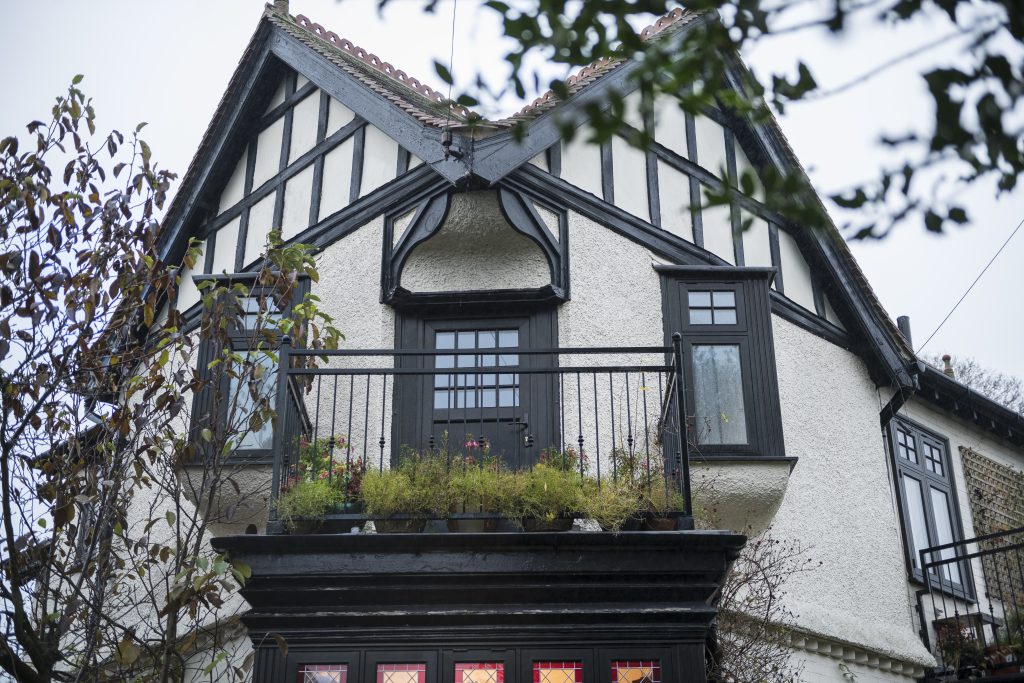
Conservation-Friendly Features
What makes these windows particularly suitable for conservation areas is their attention to detail. They feature:
- Authentic proportions and sightlines that match traditional timber windows
- Decorative horn details for sash-style windows
- Deep bottom rails to match original designs
- Traditional hardware options
- Georgian bar options for authentic glazing patterns
- A range of 20 standard colours, including authentic woodgrain finishes
In many cases, these windows have been approved by planning departments in conservation areas throughout Bristol and the wider UK, making them a proven solution for homeowners facing strict regulations.
Secondary Glazing
Secondary glazing offers an excellent alternative for those who want to (or must) retain their original windows. This involves installing an additional glazing system on the inside of your existing windows.
Benefits of Secondary Glazing
Secondary glazing has several advantages for conservation properties:
- It preserves the original windows, maintaining the exterior appearance exactly as it is
- It significantly improves thermal efficiency by creating an insulating air gap, including reducing draughts and cold spots
- It adds to the sound insulation, which can be particularly valuable for busy streets and flight paths
- It adds an extra layer of security
- Vitally, it’s generally permitted in conservation areas without planning permission as it doesn’t alter the external appearance
Our secondary glazing products come from Granada, specialists who manufacture 25,000 secondary glazing frames each year. Their systems are designed to be discreet, with slim aluminium profiles available in various colours.
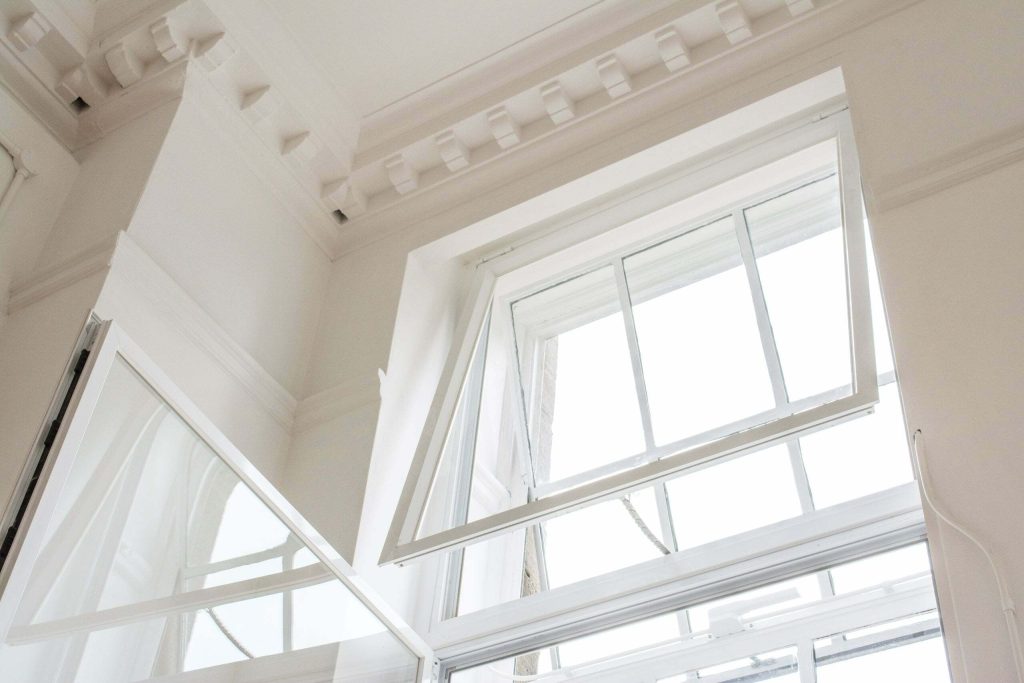
Ideal Applications
Secondary glazing is particularly well-suited for:
- Listed buildings where original windows must be preserved
- Conservation areas with very strict requirements
- Buildings where the character of original windows is highly valued
The installation is straightforward and causes minimal disruption to your home. It’s also a reversible solution, which makes it popular with conservation officers and planning departments.
Why Choose DM Windows for Conservation Area Projects
Working on properties in conservation areas requires special expertise and attention to detail. At DM Windows, we bring several advantages to these sensitive projects.
Understanding of Local Requirements
We’ve worked extensively in Bristol’s various conservation areas and understand the specific requirements that apply in different neighbourhoods. This helps us guide you through the planning process efficiently.
Quality Installation
Our Certass-accredited installers ensure that your new windows are fitted to the highest standards, preserving the character of your property while providing modern performance.
Range of Solutions
We offer multiple approaches to meet conservation requirements, from Residence Collection windows to secondary glazing, allowing us to find the right solution for your home.
Next Steps for Your Window Project
If you’re considering replacing windows in a Bristol conservation area, here’s how we suggest proceeding:
- Confirm your property’s conservation status using the methods described earlier
- Contact us for an initial consultation to discuss your specific needs and the options available
- We can help assess what approvals you might need and guide you through the process
- We’ll provide detailed information on appropriate window options and transparent pricing
You can reach our team on 0117 313 6884 or email us at sales@dmwindowsbristol.com to arrange a free, no-obligation consultation. You can also use our online contact form.
Many homeowners think they must choose between tradition and a comfortable, efficient, safe home. The truth is, with our solutions, you can have both.
Frequently Asked Questions
Can I install triple glazing in a conservation area?
Yes, double glazing and triple glazing is possible in most conservation areas, but the windows must be appropriate in style and appearance.
How long does the planning process take for replacement windows?
Planning applications for replacement windows in conservation areas typically take about 8 weeks to process, but they can take longer based on complexity. It’s important to factor this into your timeline when planning window replacements.
Will new windows devalue my conservation area property?
No. Appropriate, high-quality replacement windows that maintain the character of your property will increase its value.
